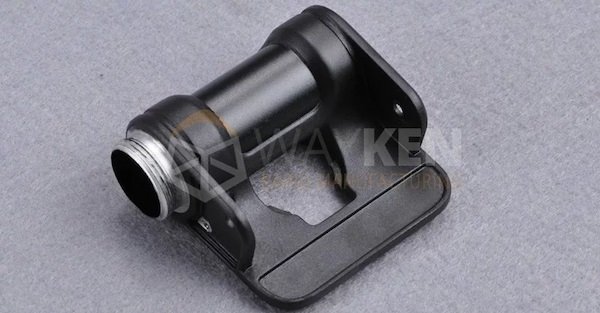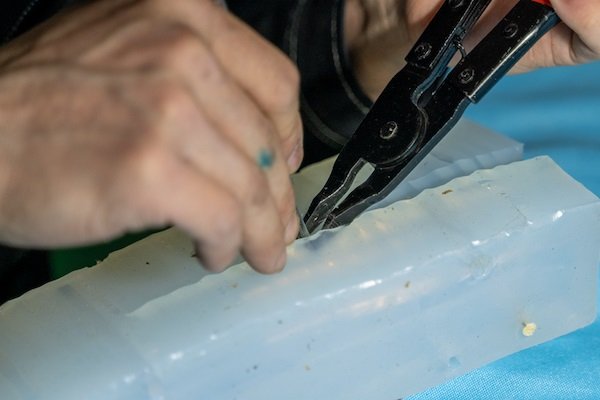The rapid prototype development process has transformed the way companies approach product design and manufacturing. By leveraging advanced prototyping services, businesses can thoroughly test and refine their concepts before committing to full-scale production. This not only helps control costs but also speeds up the time-to-market, enabling quicker product realization. With the ability to identify and address potential issues early, companies can accelerate the entire manufacturing process, improving efficiency and maintaining a competitive edge in today’s fast-moving industries.
In-Depth Product Testing Before Production
One of the greatest advantages of rapid prototyping is the ability to perform comprehensive product testing before moving into full-scale production. This early-stage testing allows companies to identify design flaws, assess functionality, and gather feedback from stakeholders or potential users. As a result, businesses can make necessary adjustments without incurring the high costs or delays that would arise if changes were made after production has begun.
Rapid prototyping, which makes it possible to test designs by constructing models before mass manufacturing, and weaknesses such as constructivist weaknesses, operative weaknesses, or discomfort can also be exposed in prototypes.
Take for example the case of a well-designed product on paper, except when getting to practice the product does not work optimally or certain details overlooked might render their efficiency useless. This method of prototyping allows members of the team to get hands-on experience with the given product, pinpoint its possible weaknesses and check for discrepancies in the initial design.
Since they can do this at this rapid prototype developmentstage, the companies minimize the chances of bringing in an expensive redesign and that all-important loss of time due to manufacturing delays. Also, on the other hand, the result of finding and addressing these problems helps in the quality and durability of the product.
Cost Management and Ease of Use
Due to the positive advent of 3D printing, it is now an inexpensive method of rapidly forming prototype models, which results in low product development costs. Though there are high-end industrial 3D printers that sell for quite a high price, there are a lot of inexpensive alternatives providing businesses with affordable models for the manufacture of prototypes in-house.

Most low-cost 3D printers will retail anywhere from two hundred to a few thousand dollars making it easy to procure as opposed to the old kind of production that demanded high investments in tooling and setup.
After a down payment on the 3D printer, the device is able to produce prototypes at less cost than the manufacturer by any means. The raw materials such as plastics and resins used in 3D printing are not that expensive thus making it possible to do several prototypes without much financial constraint.
Also, there is the benefit of rapid oscillation of modern 3D printers and their ease of use meaning organizations will fairly easily take up and incorporate this technology in affordable development cycles, rapidly enlarging the company. This renders 3D printing systems favourably ideal for budget-oriented companies.
Quicker Realization of Your Product Concept
Studying a model makes it possible to come to a decision and make changes or enhancements faster. Rapid prototyping bridges that gap between concept and reality, enabling swift execution.
Companies can do this because they can get a working version of the product, evaluate its performance, and make necessary adjustments all without putting it through long schedules of production. This speed ensures completing product development more efficiently and a shorter time is taken to bring the product to the market.

Accelerates the Manufacturing Process
Rapid prototyping simplifies the product development process and hence, speeds up the manufacturing process. Conventional methods have high tooling systems and setup which makes the production processes long. On the other hand, rapid prototyping technologies like 3D printing or CNC machining enable the quick production of working prototypes without the use of custom-made tools.
This speed not only helps to save time for the production of the prototypes but also enables faster testing and revision. Companies can carry out mass production more effectively after resolving some of the design issues. This reduces shortages and fills the gap that may be caused by the need to wait until the end of product development.
Conclusion
Today’s product design process depends heavily on rapid prototyping. This method makes the transformation from ideas in a digital format to real models very quick. Because of this, defects are found early, iterations are faster, and communication with stakeholders is improved. Such an approach reduces time-to-market quite sensibly, helps save costs, and elevates the powers of the end product.





